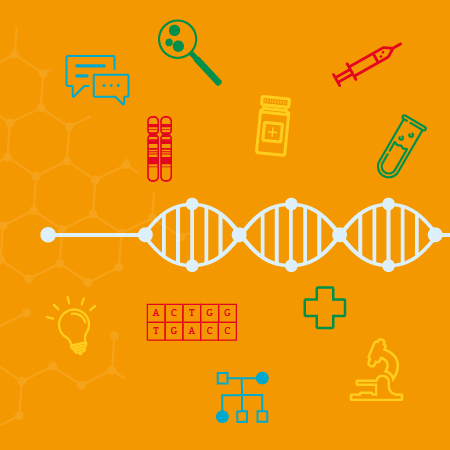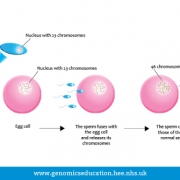Use in clinical context
Sperm are formed through the process of meiosis. Each sperm is haploid, it contains a single copy of each chromosome. The sex chromosome can be either an X or Y which determines the genetic sex of the offspring. Sperm contain the father’s genetic contribution to any offspring. During fertilisation an egg and sperm combine to form a diploid cell which goes on to become a complete individual.
Related terms
Cell | Chromosome | Egg (gamete) | Fertilisation | Gamete | Haploid | Meiosis




